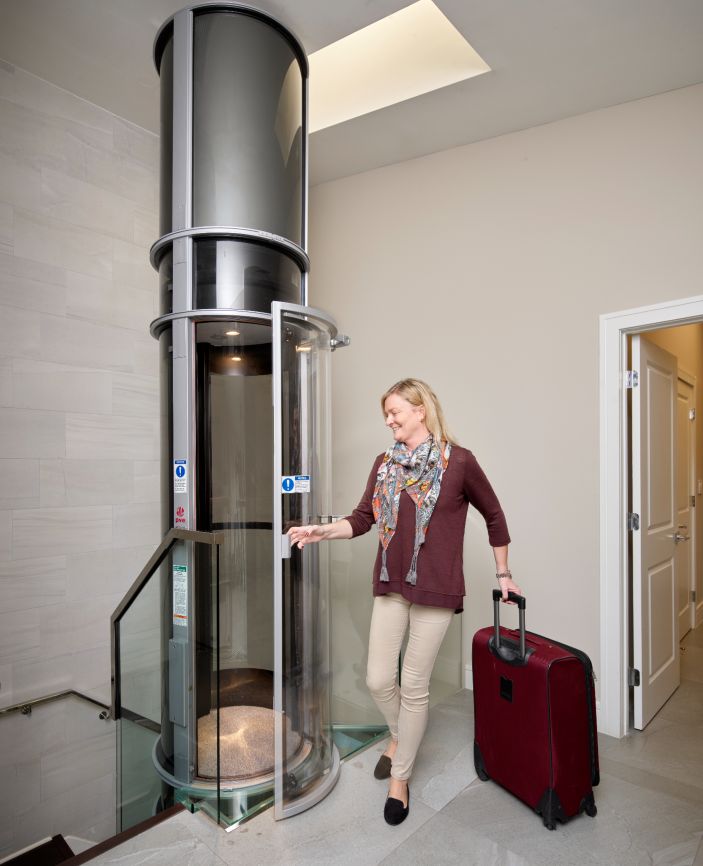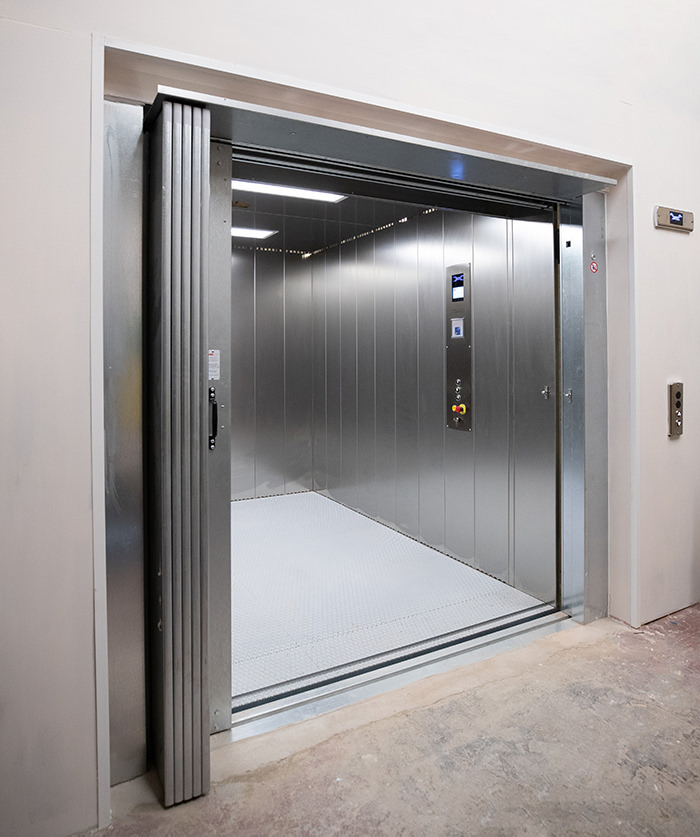Discover Reputable Lift Repair Near Me for Quick and Affordable Service
Discover Reputable Lift Repair Near Me for Quick and Affordable Service
Blog Article
Digging Into the World of Elevators: Typical Problems Dealt With by Various Lift Systems
As we navigate with the vertical transport systems of contemporary buildings, lifts stick out as a crucial part of our day-to-days live. However, behind their smooth procedure lies a world of intricate mechanisms that can often experience challenges. From hydraulic elevators to traction systems and machine-room-less layouts, each lift type includes its set of common problems. Understanding these difficulties is crucial for ensuring the smooth functioning of these essential systems. Allow's discover the intricacies that underlie the operation of lifts and the potential problems that can occur, clarifying the complex web of lift devices.
Hydraulic Elevators
Hydraulic elevators, commonly liked for low-rise structures, utilize fluid stress to regulate the activity of the elevator car (lift repair companies). This device includes a hydraulic pump pressing oil into a cylinder, creating the lift to relocate the desired direction. While hydraulic elevators are recognized for their smooth and quiet operation, they do feature their very own set of typical problems
One widespread problem with hydraulic lifts is oil leakage. Additionally, problems with the control system, such as malfunctioning valves or a malfunctioning pump, can cause disturbances in the lift's motion.
Regular upkeep and punctual fixings are important to guarantee the smooth performance of hydraulic elevators. By dealing with these typical issues proactively, building owners can lessen downtime and make sure the security and effectiveness of their upright transport system.
Grip Lifts
When thinking about vertical transportation systems in structures, one more usual kind aside from hydraulic elevators is the traction lift. Grip lifts operate using a system of ropes and weights that relocate the lift cars and truck by clutching onto the hoist ropes. This system permits smoother and faster upright transportation compared to hydraulic systems.
Among the common problems faced by traction elevators is rope wear. The constant activity of the ropes within the traction system can bring about deterioration with time, potentially creating the elevator to breakdown or end up being dangerous for usage. Normal inspections and upkeep of the ropes are important to make sure the lift's appropriate functioning and safety and security.
An additional problem that traction elevators might come across is connected to the control system. Issues with the control system can cause problems such as unpredictable movement, hold-ups in feedback times, or also complete shutdowns. Regular screening and maintenance of the control system are vital to protect against such concerns and make certain the lift's integrity.
Machine-Room-Less (MRL) Elevators

One of the vital components of MRL elevators is the small gearless traction maker that is set up within the hoistway. This equipment efficiently drives the elevator auto without the demand for large tools discovered in standard traction elevators. Furthermore, MRL elevators normally utilize a weight system to balance the vehicle, further boosting their energy effectiveness.
Regardless of their benefits, MRL lifts may encounter obstacles associated to upkeep and fixing due to the constrained space for equipment setup. Ease of access for servicing elements within the shaft can be restricted, requiring specialized training for service technicians. Appropriate maintenance timetables and normal assessments are vital to make certain the continued smooth procedure of MRL lifts.
Overloading and Weight Limitation Issues
Are elevators furnished to take care of excess weight loads successfully and safely? Overloading and weight limit issues are crucial problems in lift procedures. Elevator suppliers style lifts with certain weight abilities to make sure passenger security and equipment longevity. Going beyond these weight limitations can lead to various problems, consisting of mechanical failings, hold-ups, and safety and security threats.
When lifts are strained, it places too much pressure on the electric motor, cables, and various other components, possibly creating malfunctions or malfunctions. If they spot excess weight, safety and security devices such as sensors and overload sensing units are in place to prevent elevators from relocating. Additionally, going beyond weight restrictions can bring about boosted power usage and damage on the lift system.
To alleviate straining problems, developing managers should plainly display weight limits in lifts and enlighten owners on why not check here the significance of adhering to these constraints - lift repair companies. Normal upkeep checks by qualified service technicians can also aid ensure that elevators are running within secure weight specifications. By dealing with overloading and weight limit concerns proactively, building owners can boost elevator security and effectiveness
Electrical System Failures
Surpassing weight limitations in lifts can not just bring about mechanical issues yet also possibly add to electric system failings within the lift framework. Electrical system failures are an important worry in lift procedure, as they can cause unforeseen closures, breakdowns, or perhaps safety and security hazards. One typical electrical concern is the overheating of components as a result of excessive existing flow caused by overwhelming the elevator beyond its capability. This can lead to harm to the electrical wiring, control, or motor systems, causing costly repairs and downtime.
Routine maintenance and assessments are critical to recognize and resolve possible electric concerns quickly, guaranteeing the reliable and safe operation of elevator systems. By sticking to weight limits and carrying out regular electric system checks, building owners can minimize the risk of electric failures in elevators.
Final Thought

Hydraulic elevators, often favored for low-rise structures, make use of fluid stress to control the movement of the lift cars and truck.When thinking about upright transport systems in buildings, one more typical type aside from hydraulic lifts is the traction elevator. Grip elevators operate making use of a system of ropes and counterweights that relocate the lift vehicle by gripping onto the hoist ropes. Unlike traditional lifts that call for a different equipment area to house the tools, MRL elevators incorporate most of the parts within the shaft, eliminating the requirement for a committed equipment space.In final thought, elevators encounter common issues such as hydraulic malfunctions, traction system failures, and electrical system troubles.
Report this page